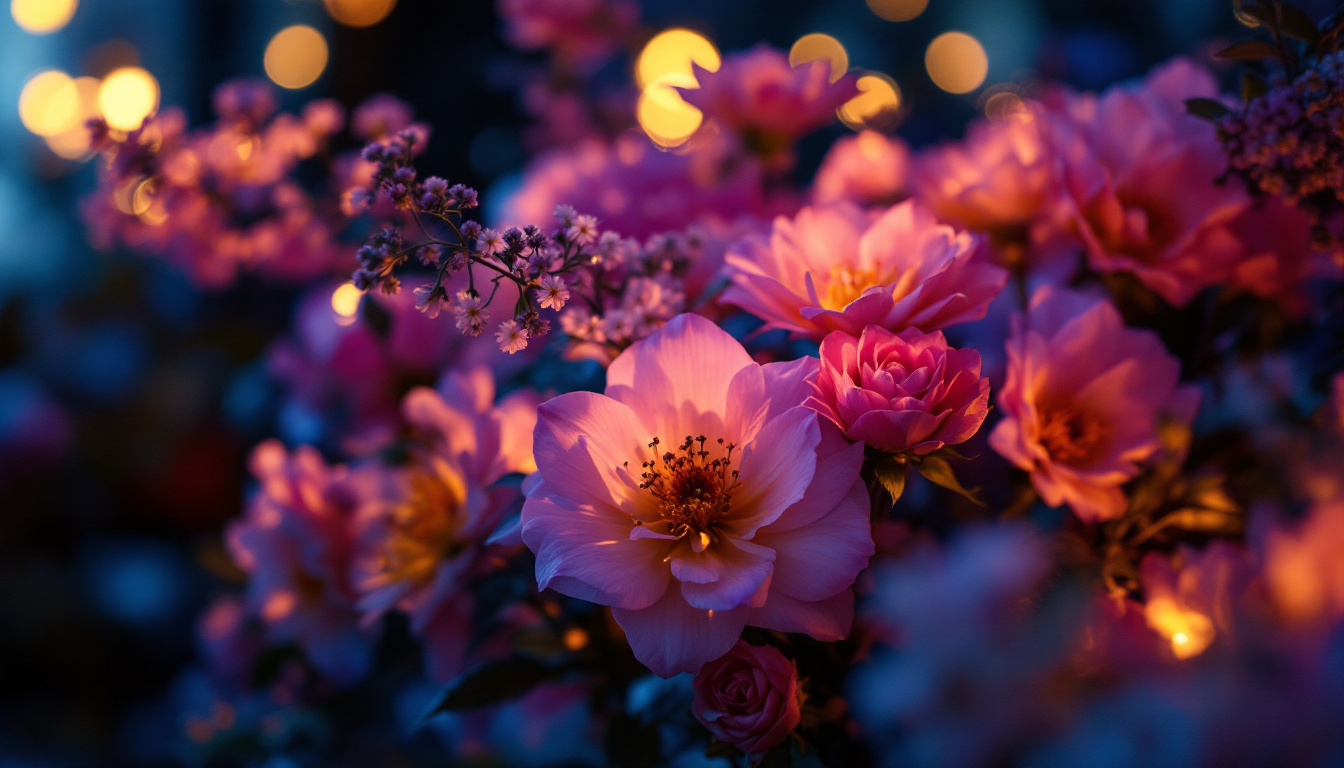
In the realm of lighting design, there exists a myriad of techniques and styles that can transform a space. Among these, flower lighting has emerged as an innovative and often overlooked element. While traditional lighting methods focus on functionality and aesthetics, flower lighting introduces a unique approach that combines natural beauty with illumination. This article explores the significance of flower lighting, its applications, and how it can enhance various lighting projects.
Flower lighting is not merely about illuminating a space; it is about creating an atmosphere that resonates with the beauty of nature. This technique utilizes floral motifs, colors, and shapes to enhance the overall design of a space. By incorporating flower lighting, designers can evoke emotions, create focal points, and bring life to otherwise static environments.
At its core, flower lighting draws inspiration from the natural world. It often involves the use of light fixtures that mimic the appearance of flowers or incorporate floral designs. These fixtures can range from elegant chandeliers shaped like blossoms to wall sconces adorned with petal-like patterns. The goal is to create a harmonious blend of light and nature, resulting in a captivating visual experience.
In addition to traditional flower shapes, modern interpretations of flower lighting may also include abstract designs that evoke the essence of flora without being overly literal. Designers often experiment with colors that reflect the changing hues of flowers throughout the seasons, using soft pastels for spring blooms or vibrant, rich tones for autumn foliage. This versatility allows flower lighting to adapt to various themes and styles, making it suitable for both contemporary and classic interiors.
One of the primary advantages of flower lighting is its ability to enhance the ambiance of a space. Unlike conventional lighting, which can sometimes feel harsh or clinical, flower lighting offers a softer, more inviting glow. This warmth can be particularly beneficial in residential settings, where creating a cozy atmosphere is paramount.
Moreover, flower lighting can serve as a conversation starter. Unique designs and creative implementations can captivate guests and draw attention to specific areas of a room. This makes it an excellent choice for restaurants, hotels, and event venues looking to leave a lasting impression on their patrons. The strategic placement of flower lighting can also guide the flow of movement within a space, subtly directing guests to key areas such as dining zones or lounge areas, enhancing both functionality and aesthetic appeal.
Additionally, the integration of flower lighting can have psychological benefits, as studies suggest that natural elements can reduce stress and promote well-being. By bringing the essence of nature indoors through floral lighting, spaces can feel more inviting and rejuvenating, encouraging relaxation and social interaction. This aspect is particularly valuable in workplaces, where a well-lit environment infused with natural motifs can boost creativity and productivity among employees. Ultimately, flower lighting transcends mere decoration; it becomes a vital component in crafting spaces that nurture both the spirit and the senses.
Flower lighting can be seamlessly integrated into various environments, from residential homes to commercial spaces. Each application presents unique opportunities for creativity and innovation. Understanding these applications can help lighting contractors effectively incorporate flower lighting into their projects.
In residential settings, flower lighting can transform a mundane room into a vibrant sanctuary. Living rooms, dining areas, and bedrooms can benefit from the soft, organic shapes of floral light fixtures. For instance, a chandelier resembling a blooming flower can serve as a stunning focal point in a dining room, while wall sconces with floral designs can add a touch of elegance to a hallway.
Additionally, flower lighting can enhance outdoor spaces. Garden pathways illuminated by fixtures resembling flowers can create a magical atmosphere, inviting homeowners and guests to enjoy the beauty of nature even after sunset. This approach not only provides practical lighting but also celebrates the outdoors in a unique way.
In commercial settings, flower lighting can be used to create a distinctive brand identity. Restaurants, cafes, and retail stores can utilize floral-themed lighting to evoke a sense of warmth and approachability. For example, a café adorned with flower-shaped pendant lights can create an inviting atmosphere that encourages patrons to linger longer.
Moreover, flower lighting can be strategically placed to highlight specific products or areas within a store. By drawing attention to key displays with floral light fixtures, businesses can enhance their visual merchandising efforts and improve customer engagement.
When integrating flower lighting into a project, several design considerations must be taken into account. These factors can significantly influence the effectiveness and appeal of the lighting scheme.
The scale and proportion of flower lighting fixtures are crucial in achieving a balanced design. Oversized fixtures can overwhelm a small space, while tiny lights may get lost in a larger area. Lighting contractors should carefully assess the dimensions of the room and select fixtures that complement the existing architecture and furnishings.
Additionally, the placement of these fixtures should be strategic. For instance, a large flower chandelier may be best suited for a grand foyer or dining room, while smaller sconces can be used to accentuate intimate spaces such as reading nooks or bedside tables.
The choice of colors and materials for flower lighting can dramatically impact the overall aesthetic. Warm tones, such as soft yellows and pinks, can create a cozy and inviting atmosphere, while cooler hues, like blues and greens, can evoke a sense of tranquility. Understanding the desired mood of the space is essential in making informed color choices.
Moreover, the materials used in flower lighting fixtures can enhance their visual appeal. Natural materials, such as wood or metal with a matte finish, can add an organic touch, while glass or crystal elements can introduce a sense of luxury and sophistication. The interplay between materials and colors can create a dynamic lighting experience that captivates the senses.
As the field of lighting design continues to evolve, innovative techniques are emerging that push the boundaries of traditional flower lighting. These advancements not only enhance the aesthetic appeal but also improve functionality and efficiency.
The integration of smart technology into flower lighting is revolutionizing how spaces are illuminated. Smart bulbs and fixtures allow for customizable lighting scenarios, enabling users to adjust brightness, color temperature, and even the color itself. This flexibility can be particularly beneficial in settings where the ambiance needs to change throughout the day or for different occasions.
For instance, a flower lighting fixture in a dining room can be programmed to emit a warm glow during family dinners while transitioning to cooler tones for more formal gatherings. This adaptability enhances the overall experience and allows for greater control over the environment.
With growing awareness of environmental sustainability, many lighting manufacturers are now offering eco-friendly flower lighting options. These fixtures often utilize energy-efficient LED technology and sustainable materials, reducing their carbon footprint while still providing stunning illumination.
By choosing eco-friendly flower lighting, contractors can appeal to environmentally conscious clients and contribute to a more sustainable future. This approach aligns with the increasing demand for green building practices and can set a project apart in a competitive market.
While flower lighting presents numerous opportunities, it is not without its challenges. Understanding these obstacles and finding effective solutions is essential for successful implementation.
One of the primary challenges associated with flower lighting is the installation and maintenance of intricate fixtures. Some designs may require specialized skills or tools, which can complicate the installation process. Lighting contractors must ensure they are equipped with the necessary expertise to handle these unique installations.
Additionally, maintenance can be a concern, especially for fixtures with delicate components. Regular cleaning and upkeep are essential to preserve the beauty and functionality of flower lighting. Contractors should provide clients with clear instructions on how to care for their fixtures, ensuring they remain in optimal condition for years to come.
Another challenge is the potential cost associated with high-quality flower lighting fixtures. While these designs can elevate a space, they may also come with a higher price tag compared to traditional lighting options. Contractors should work closely with clients to establish budgets and explore various options that align with their financial constraints.
By presenting a range of choices, from budget-friendly alternatives to luxurious designs, contractors can help clients make informed decisions that meet their aesthetic desires without compromising on quality.
Flower lighting is a transformative element that can elevate lighting projects to new heights. By incorporating floral motifs and innovative designs, lighting contractors can create spaces that resonate with beauty and warmth. Whether in residential or commercial settings, flower lighting offers endless possibilities for creativity and expression.
As the industry continues to evolve, embracing new technologies and sustainable practices will only enhance the appeal of flower lighting. By understanding the unique applications, design considerations, and challenges associated with this technique, contractors can successfully integrate flower lighting into their projects, leaving a lasting impression on clients and their spaces.
In a world where lighting design is often overlooked, flower lighting stands out as a missing piece that can truly transform environments. It invites individuals to experience the beauty of nature in a new light, making it an essential consideration for any lighting project.
Ready to bring the enchanting allure of flower lighting to your next project? At LumenWholesale, we provide lighting contractors with an exceptional range of high-quality, specification-grade lighting products at prices that can’t be beaten. Say goodbye to the middleman and hello to superior lighting solutions that meet the highest industry standards. With our hassle-free bulk buying and free shipping, you can trust that you’re getting premium lighting at the best value — all without hidden fees or compromises. Elevate your lighting projects with the beauty and innovation of flower lighting from LumenWholesale. Wholesale Lighting at the Best Value.
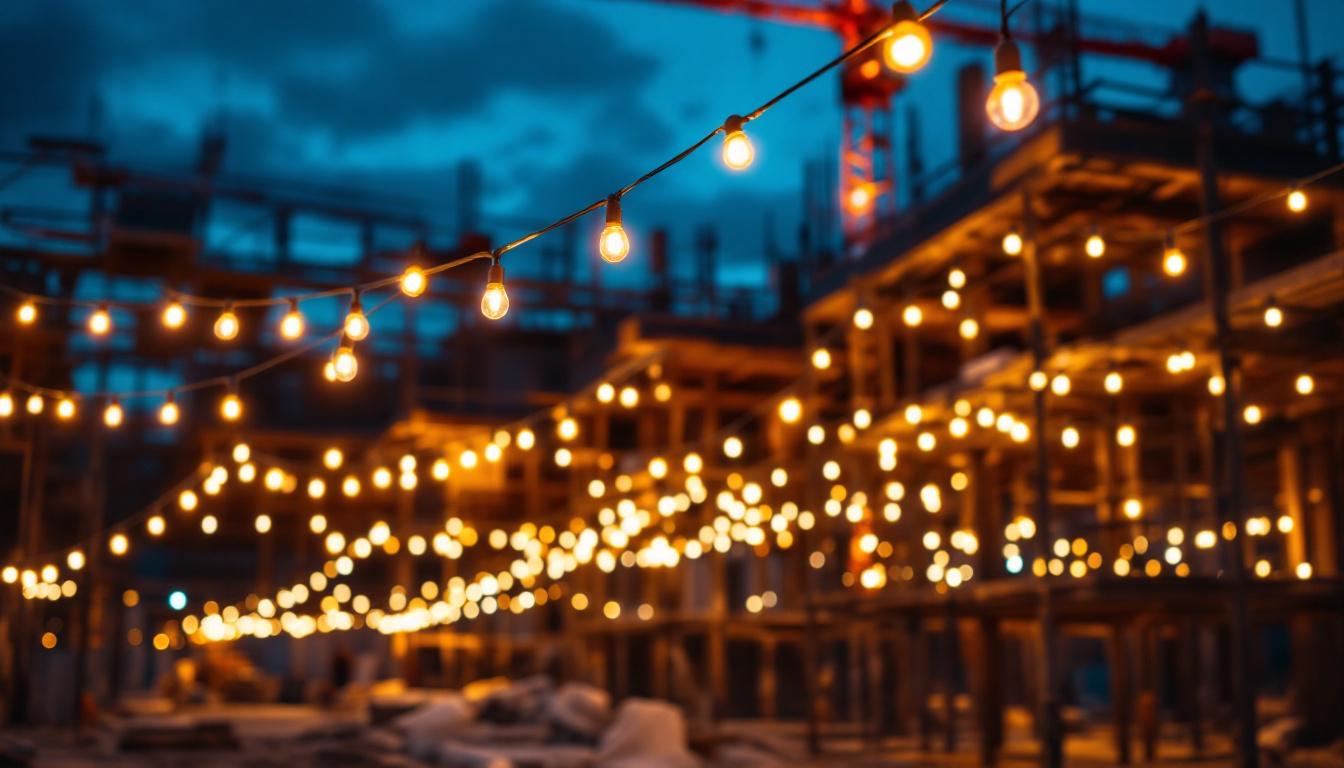
Discover the essential guide to LED construction string lights with our comprehensive checklist tailored for lighting contractors.
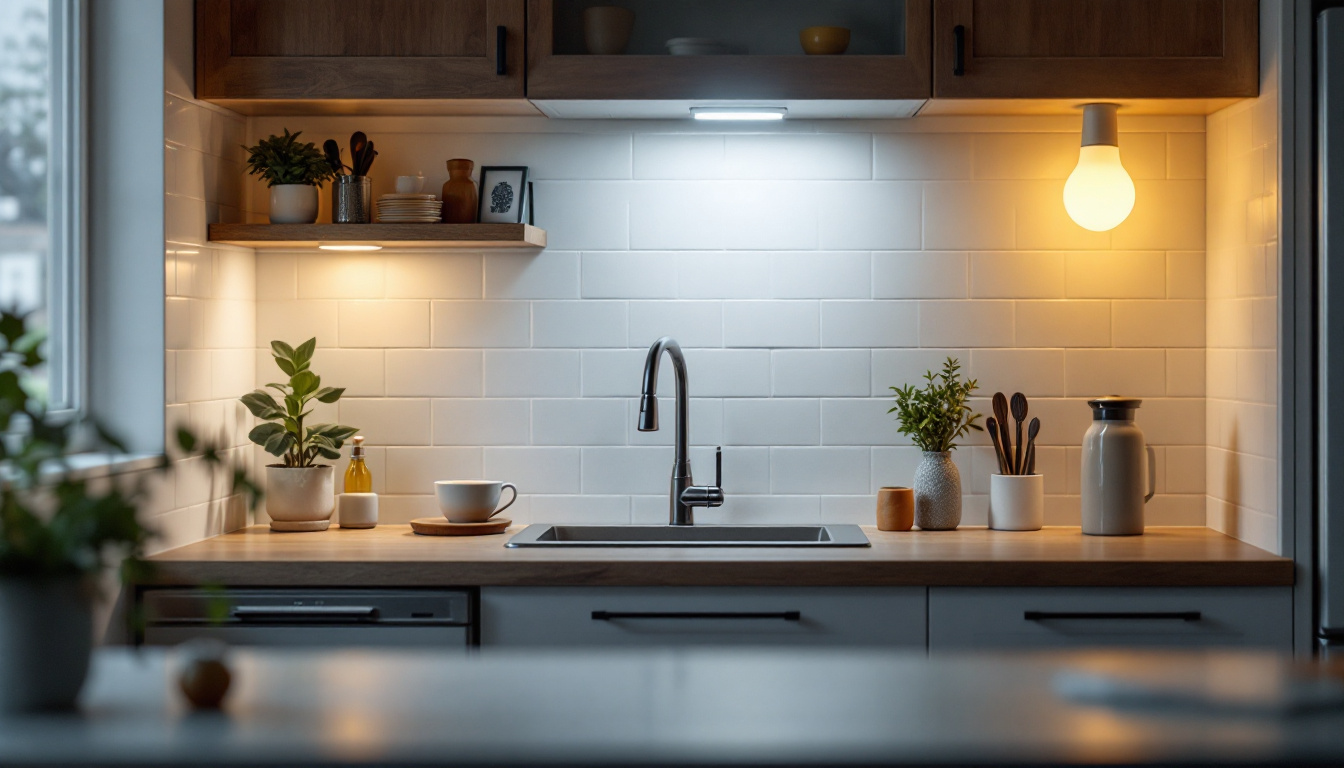
Discover the ultimate guide to selecting the perfect under cabinet light bulbs with our essential checklist tailored for lighting professionals.
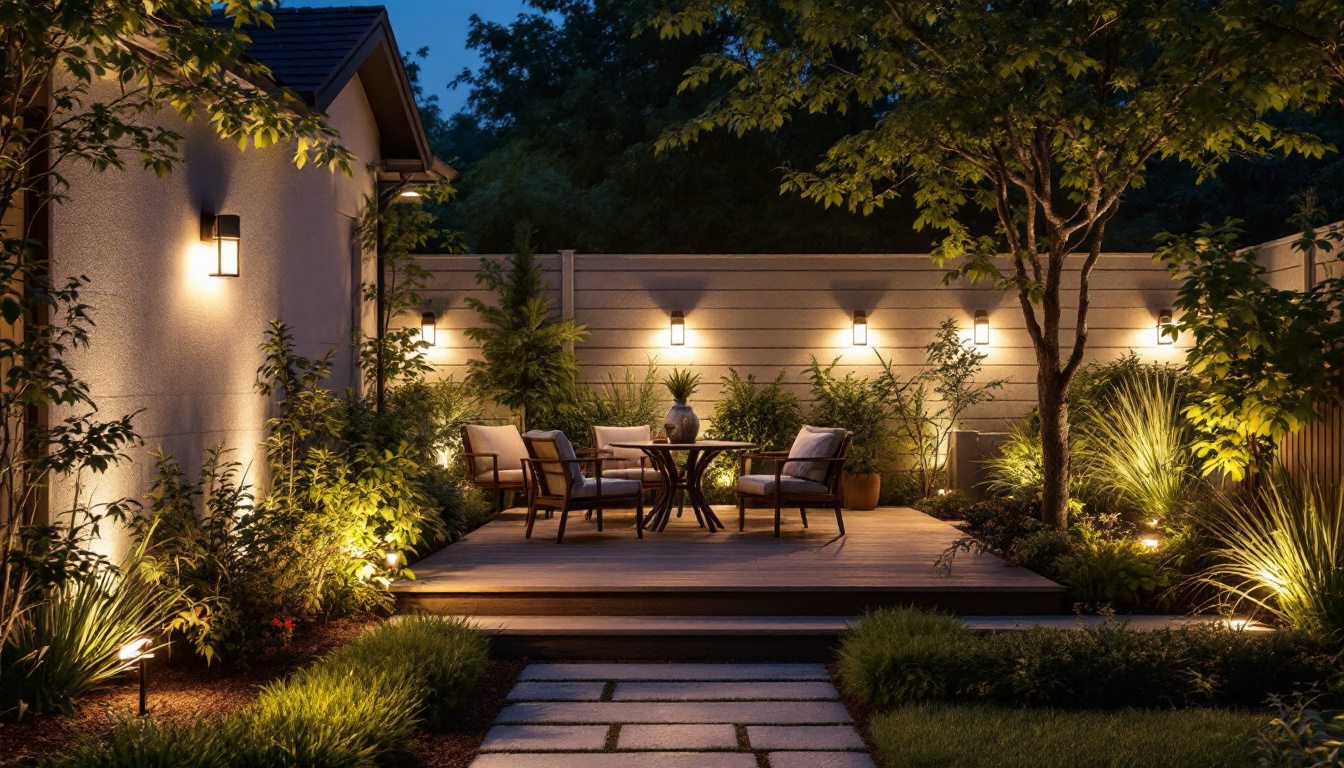
Discover how yard lighting can illuminate new business opportunities for lighting contractors.
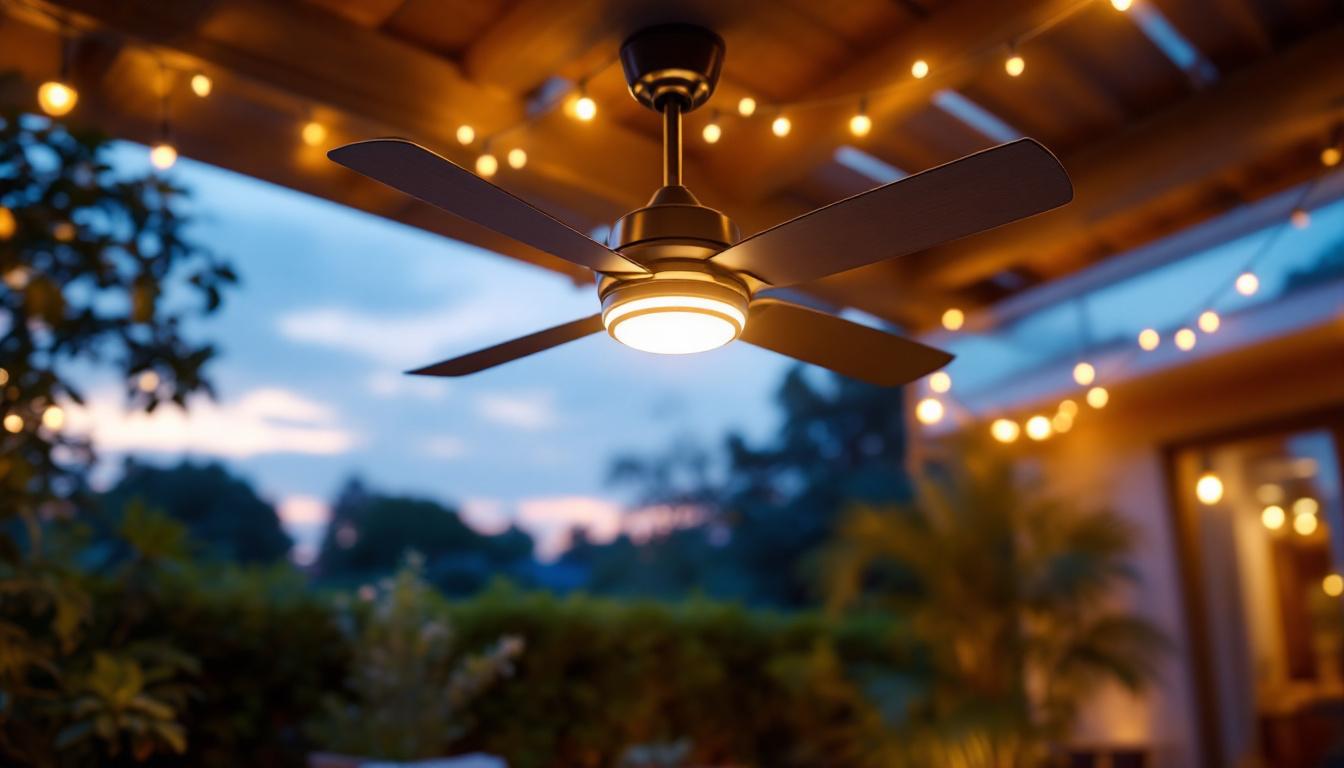
Discover proven methods for outdoor ceiling fan with lighting installation, boosting efficiency and customer satisfaction.